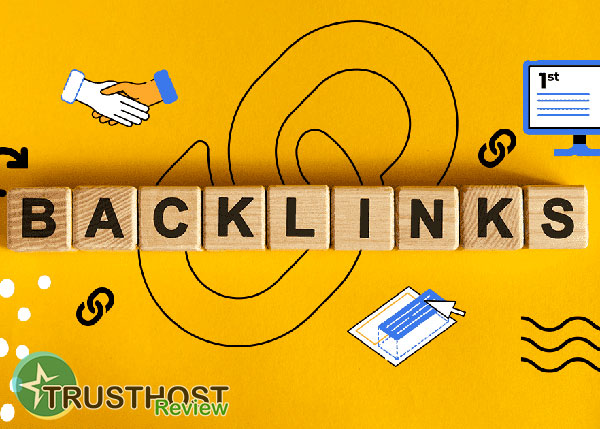Unlocking Efficiency with Webhooks: Automated Notifications Explained
Webhooks have emerged as a cornerstone of modern web development, enabling real-time communication between applications. Imagine a scenario where your project management tool automatically notifies your team's communication platform whenever a task's status changes. This seamless flow of information, driven by events, is precisely what webhooks facilitate.

At its core, a webhook acts as a lightweight notification system triggered by specific events within an application. Instead of constantly polling for updates, applications can subscribe to relevant events and receive instant notifications (typically HTTP POST requests) containing relevant data whenever these events occur. This event-driven architecture promotes efficiency and reduces unnecessary load on both the sending and receiving applications.
Let's illustrate this with an example: When you subscribe to a newsletter online, the website might use webhooks to instantly send your email address to their email marketing platform, confirming your subscription and triggering a welcome email. This real-time data exchange ensures a smooth and efficient user experience.
Webhooks are characterized by their versatility and find applications across various domains:
- E-commerce: Order notifications, shipping updates, inventory changes.
- Payment Processing: Transaction confirmations, payment failures.
- Social Media: New posts, comments, mentions.
- Project Management: Task updates, deadline reminders.
Beyond automating notifications, webhooks empower developers to build reactive and interconnected systems. By leveraging this technology, businesses can streamline operations, improve data accuracy, and enhance the user experience across various touchpoints.
















